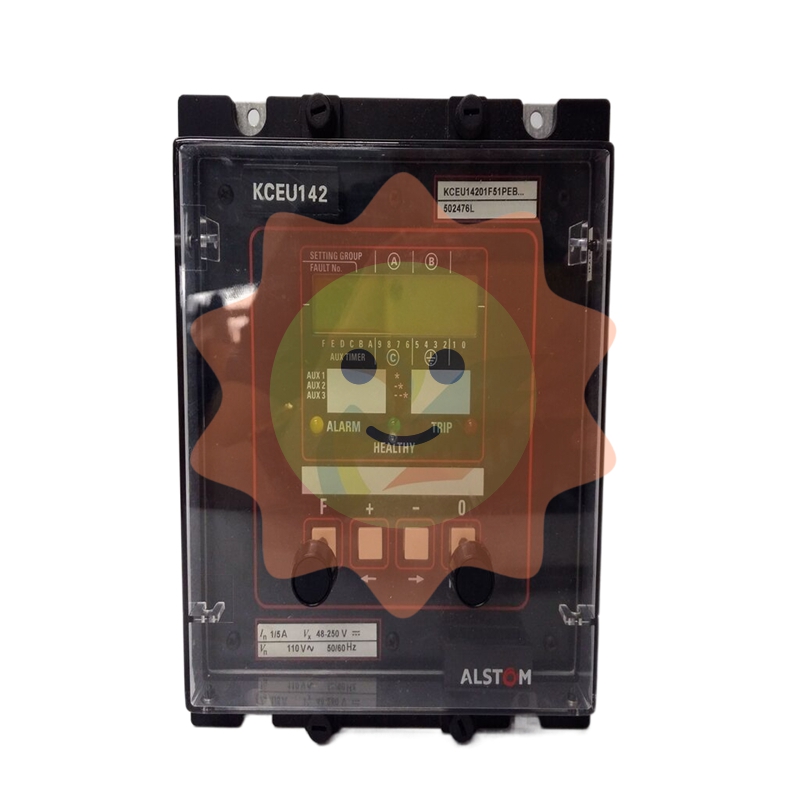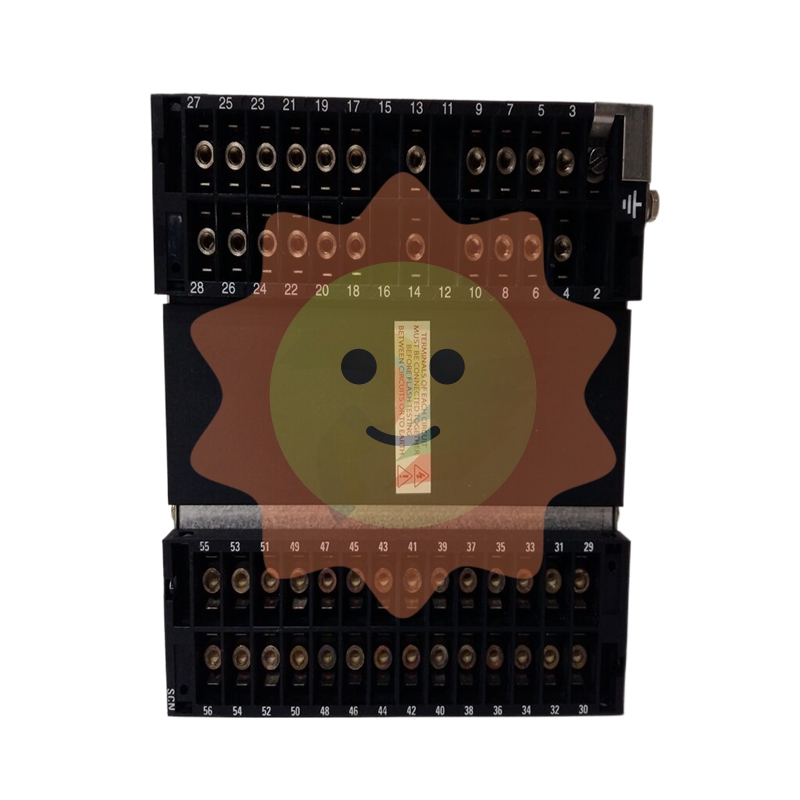The inflection point of prosperity is approaching, and polyester filament should be configured
After 2019, domestic private refineries have been put into large-scale production, and the domestic PX supply and demand structure has fundamentally changed. The production capacity of refined oil in China tends to be saturated, and the product structure of newly built private refineries is oriented to oil reduction and increase. The olefin end is dominated by ethylene-polyolefin, and the aromatic end is dominated by PX-PTA. In the first half of 2019, Hengli Petrochemical's two production lines totaling 4.5 million tons were put into operation successively, which kicked off the large-scale expansion of PX. In the second half of 2019, Hainan Refining and Chemical Co., LTD. 1 million tons, Hongrun Petrochemical Co., LTD. 600,000 tons, and Liaoyang Petrochemical Co., LTD. 300,000 tons were put into operation successively, and the domestic PX production capacity increased by nearly 50% in 2019. The PX-naphtha spread has fallen from $600 / ton at the beginning of the year to $300 / ton, and some older units in the industry have suffered losses.
In 2020, PX new investment plants are mainly 4 million tons of Zhejiang Petrochemical phase I, 800,000 tons of Quanzhou and 1 million tons of Dongying Chemical plants, with an annual growth rate of nearly 25%. Under the impact of the epidemic, the downstream demand side is not smooth, and the PSI-naphtha price spread remains at a low level. In the first half of next year, there are 4 million tons of Zhejiang petrochemical phase II production capacity is about to be released, and the supply side of the loose situation is difficult to change. From the perspective of the future production pace, Zhejiang Petrochemical will form a certain balance period after the second phase of production, and PX prices are expected to rise with the recovery of the industry boom. 2022 will be a big year for production capacity, with nearly 10 million tons of new capacity added throughout the year.
The PTA price spread throughout the year remained near 600 yuan/ton, which was significantly improved from 400 yuan/ton at the beginning of the year, and enterprises with cost advantages were able to maintain better profits. Looking forward to 2021, with the production of the second phase PX project of Quanzhou and Zhejiang Petrochemical, PX is expected to remain in a loose state of supply, and the PTA price spread is still expected to maintain the state of 2020 under the background of the recovery of downstream polyester demand.

(3) Ethylene glycol: The logic of continued import substitution remains, and supply and demand are loose in the next two years
Ethylene glycol, or MEG, is a colorless, sweet liquid. As a very important bulk industrial product, it should be widely used in polyester synthesis, antifreeze, solvent manufacturing and other fields, of which polyester demand accounts for 93% of China's glycol demand. In 2019, the apparent consumption of ethylene glycol in China was 18.08 million tons, the domestic production was 8.15 million tons, and the import dependence was 55%. Long time dimension, the domestic ethylene glycol industry has been taking the import substitution logic, the next two years is expected to have a large number of domestic production capacity release, the localization rate is expected to further improve.
According to the different raw materials, ethylene glycol production process is generally divided into oil method and coal method. The oil production process can be divided into naphtha feedstock process and ethylene feedstock process, both of which are ethylene oxide to ethylene oxide and rehydration to produce ethylene glycol. Naphtha raw material method is the main technology adopted at home and abroad. Its development time is long and the technology is mature, but its disadvantage is high energy consumption and high cost.
Coal production method is a special technology developed in China according to the resource characteristics of "lack of oil, less gas and rich coal". The advantage is that the industrial process is short and the energy consumption is low, and the coal production method with neutral oil price has the cost advantage. The disadvantage is that the development time is short, the technical storage is not perfect, the ethylene glycol produced by the coal process will have the presence of carbonyl, conjugate double bond complex organic compound impurities, which directly affects the ultraviolet light transmission of ethylene glycol, and can not meet the requirements of high standard polyester use, and many times can only be used in accordance with a certain proportion of oil to ethylene glycol. After the new coronavirus outbreak, naphtha prices fell sharply, domestic coal prices are still strong, naphtha ethylene glycol has more cost-effective advantages, in addition to individual coal chemical enterprises with cost advantages, coal processing enterprises have a large proportion of losses, which is also the main reason for the decline in the operating rate of coal processing.
On the supply side, in 2020 and 2021, there will be an intensive annual production capacity of more than 6 million tons, mostly based on coal production. In the next two years, the ethylene glycol industry is expected to fall into a loose supply state, the downstream polyester growth rate is difficult to match, and the high inventory at the port will also become the main factor restricting the price rise. On the demand side, with the acceleration of vaccine research and development, overseas markets are expected to gradually return to normal life, and the filament industry is close to the industry inflection point. Ethylene glycol prices are expected to rise with the price of filament shocks stronger, but limited by the industry itself supply and demand, it is expected that ethylene glycol prices close to the cost of operation will become the norm.
- EMERSON
- Honeywell
- CTI
- Rolls-Royce
- General Electric
- Woodward
- Yaskawa
- xYCOM
- Motorola
- Siemens
- Rockwell
- ABB
- B&R
- HIMA
- Construction site
- electricity
- Automobile market
- PLC
- DCS
- Motor drivers
- VSD
- Implications
- cement
- CO2
- CEM
- methane
- Artificial intelligence
- Titanic
- Solar energy
- Hydrogen fuel cell
- Hydrogen and fuel cells
- Hydrogen and oxygen fuel cells
- tyre
- Chemical fiber
- dynamo
- corpuscle
- Pulp and paper
- printing
- fossil
- FANUC
- Food and beverage
- Life science
- Sewage treatment
- Personal care
- electricity
- boats
- infrastructure
- Automobile industry
- metallurgy
- Nuclear power generation
- Geothermal power generation
- Water and wastewater
- Infrastructure construction
- Mine hazard
- steel
- papermaking
- Natural gas industry
- Infrastructure construction
- Power and energy
- Rubber and plastic
- Renewable energy
- pharmacy
- mining
- Plastic industry
- Schneider
- Kongsberg
- NI
- Wind energy
- International petroleum
- International new energy network
- gas
- WATLOW
- ProSoft
- SEW
- wind
- ADVANCED
- Reliance
- YOKOGAWA
- TRICONEX
- FOXBORO
- METSO
- MAN
- Advantest
- ADVANCED
- ALSTOM
- Control Wave
- AB
- AMAT
- STUDER
- KONGSBERG
- MOTOROLA
- DANAHER MOTION
- Bentley
- Galil
- EATON
- MOLEX
- Triconex
- DEIF
- B&W


email:1583694102@qq.com
wang@kongjiangauto.com

















































